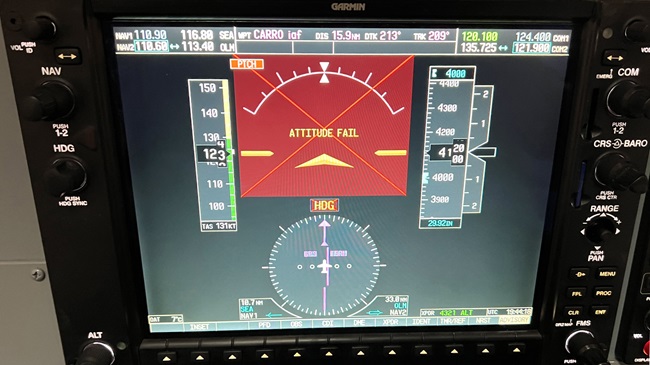IFR Fix: Other people's IFR
It’s one of those days when even the ducks are walking, but as you drive through town with your headlights on and your wipers in motion, you hear an aircraft engine operating at low altitude overhead.
Clearly this is not a VFR operation. The airport is a few miles away, so what gives?
If you’re curious about the details of this special instrument approach, looking it up in the usual places may or may not produce results. Special instrument procedures are forbidden fruit to those of us not in possession of specific approval to fly them. The FAA takes pains to remind instrument pilots that doing so without meeting the requirements is not only prohibited, but unsafe.
The agency so noted last year in an Information for Operators publication: “Flightcrews must not request nor accept an Air Traffic Control (ATC) clearance for a Special Instrument Procedure without specific FAA-Flight Standards authorization. Special Instrument Procedures appear like any other procedure and may be included in an operator’s navigational database. Flightcrews have accepted ATC clearances and flown Special Instrument Procedures without specific FAA authorization and possession of a current, valid navigational chart. These actions introduce a potential adverse safety impact as operators may not have special training and required equipage to safely operate utilizing Special Instrument Procedures.”
Public-use airports with instrument procedures published may also have special procedures. A Colorado airport with a field elevation of 9,070 feet msl and higher terrain all around “has four public instrument approach procedures to serve General Aviation, Business Jet, and Airline fleet needs” with minimums down to 1,600 feet (agl). “A special approach procedure (privately maintained) with even lower minimums and expanded circling categories is also available for FAA approved operators,” explains the airport’s website.
The waivers an operator would require to fly that airport’s Special LOC M RWY 9 approach are formidable—but not every special procedure is so restricted. When curiosity about special instrument procedures generated discussion on an aviation chat site, a pilot shared another reason why a special instrument approach might exist: the airport itself is non-public.
“I've also flown one to a privately-owned airport...they faxed it to us before the trip,” the pilot wrote.




